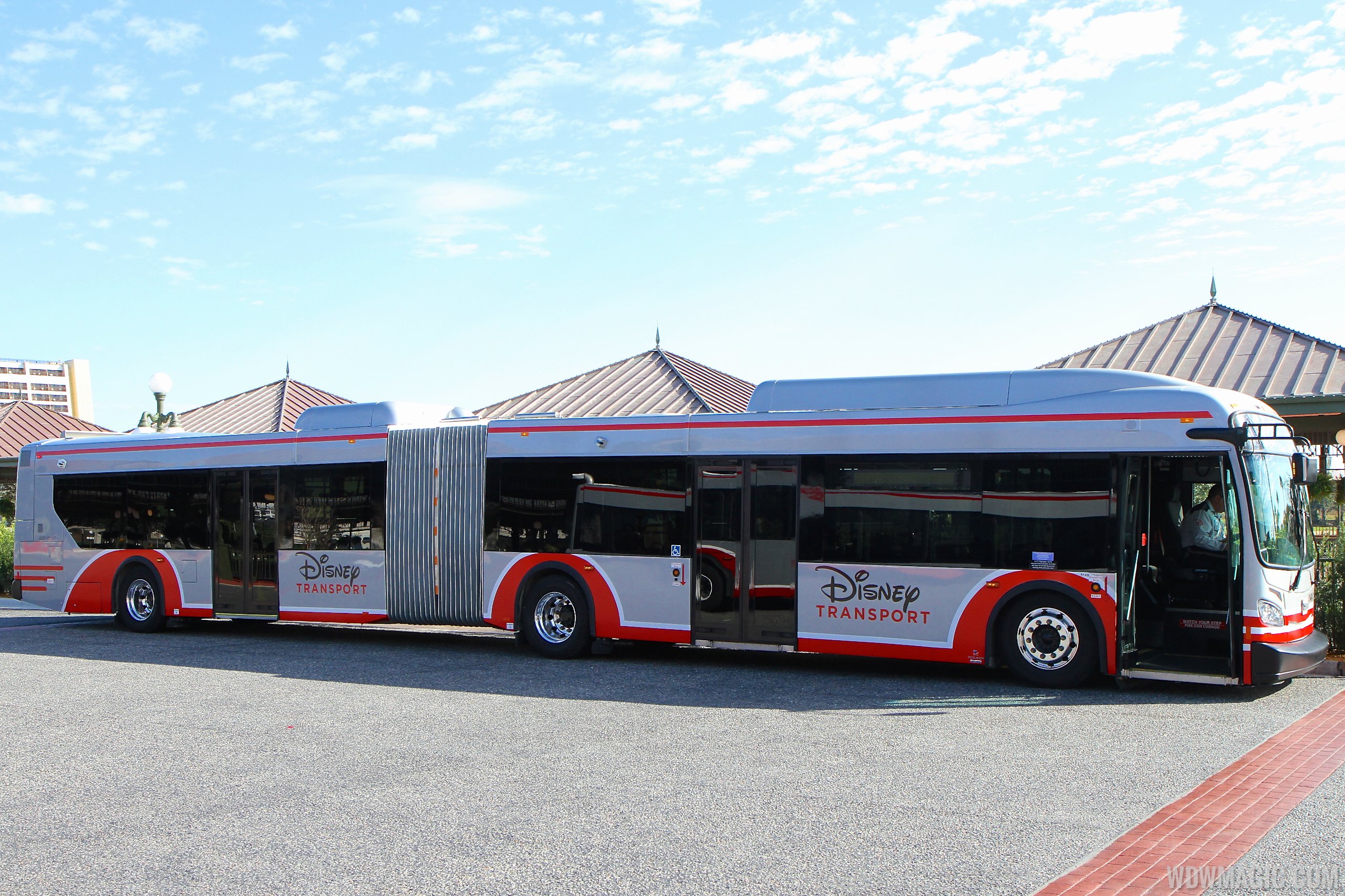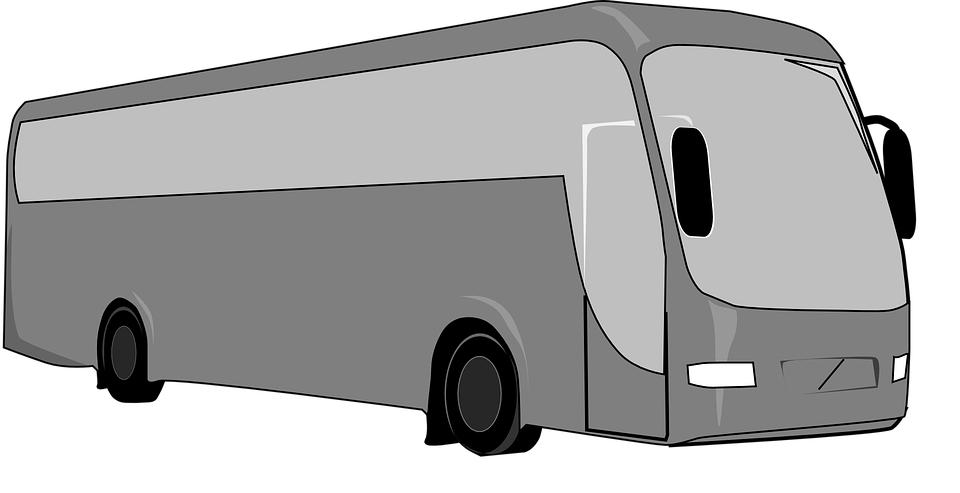For The Transit Fans: Industry Perspectives: Jargon and Concepts
I have received messages from readers of my blog who are intested in transit fanning but are unfamilliar with many of the concepts and terminology used in the field. This guide should provide insight into a few misunderstandings.
Lets start with some common terminology:
Low Floor: http://en.wikipedia.org/wiki/Low-floor_bus Simply put, Low Floor buses do not have steps to climb. The use of this type of bus is almost an entierly universal practice for several reasons. (In the US and UK) Buses are required to accomodate disabled passengers using a wheelchair or the elderly. Previously it was conventional to build buses with floors higher off the ground (which was thought to improve survivability during a collision, which is true) but this made buses difficult or inaccessable to disabled passengers. In the United States all buses are required to be ADA (Americans with Disabilities Act) Compliant. The temporary solution was to modify the air ride suspension on High Floor buses to give them the ability to "Kneel" or lower itself closer to the curb. This was coupled along with newly installed wheelchair lifts to keep older buses ADA compliant. Companies that operate buses that are not ADA compliant face heavy fines from the government and can be sued. To avoid this Bus Manufacturers began constructing buses with lower floors eliminating the steps altogether. Buses are typically given a L or LF designation to denote a low floor.

Note the distance to the curb and the lack of steps
Diesel Electric Hybrid - CNG are the two most common fuel sources to lower a fleets carbon footprint. A Diesel Electric Hybrid engine is very similar to the ones used on cars but much larger. Diesel Fuel is used to power an electric motor which drives the wheels. The advantage of using this type of propulsion method it reduces the amount of DP (Diesel Particulates) emitted into the atmosphere by not relying entirely on Diesel for power.
CNG or Compressed Natural Gas was already being used to power cars and is entierly clean and often cheaper than Diesel. Buses utilizing CNG Powerplants are often equiped with roof mounted equipment and a special type of Diesel Engine. Transit fans love these engines because of their tendancy to "Backfire" as the bus shifts into lower gears making a cool discharge sound. Buses using this powerplant are marked with special blue diamond shaped CNG placards as per DOT regulations.

Note the CNG Placard on the far right
Alighting: Is a term borrowed from Aviation which refers to the landing of Aircraft. When applied to transit vehicles it refers to picking up and dropping off passengers.
Fare: A fare is the amount of money charged by a tranist agency for use of its service.
Bus Priority: Some cities have designed their road networks to separate buses from normal traffic flow. The use of bus lanes (lanes designated for buses or transit vehicles only) is the common practice. Sometimes buses are allowed to drive on the same separated part of the road as at-grade rail vehicles such as Streetcars, Trolleys and Trams. A bus network that is entirely separated from surface traffic at all points of the route is called a BRT or Bus Rapid Transit system. This makes buses almost as fast as trains.
The Second method of giving Buses Priority is with the use of traffic lights. Some transit agencies are authorized the use of Emergency Vehicle Transponders. These devices change the color of traffic lights at intersections. They have been modified to give bus lanes a green light before the rest of traffic giving buses a "Head start" so to speak.
Livery: Any time a vehicle belongs to a fleet is its painted in the company livery. A paint scheme unique to one company. This practice is done on aircraft as well.
Contactless Card: Most transit agencies utilize a fare card which can be loaded with money and swiped at access points to pay fare. The use of an RFID chip in the card allows this to be done. The network is unsyncronized and allows for quick payment. The alternative is a Syncronized network such as when you swipe a debit card. This option is unsuitable for rapid transit as the process takes longer.
Spotting or Fanning: The hobby of Busspotting is a growing one as it costs no money and allows you to gain knowledge many people dont know. To bus spot you simply choose an agency, and attempt to gather the fleet numbers of all the buses in that fleet before the buses are retired and new buses and fleet numbers enter the system. Watching the buses at work and so on. This practice is also done in Aviation and Rail. "Plane Spotting" and "Rail Fanning" respectively.
Manufacturers: Like Toyota, Ford, Chevrolet, Jaguar, Nissan are built by companies and their subsidiaries buses too are manufactured by separate companies and each company build their buses uniquely and differently although to most all buses are the same.
The first thing to note is that in the world of commercial vehicles (buses, trucks) the entire finished product isn't (always) built by one company. Commercial Vehicles typically have 3 parts. The Chassis, The Engine/Transmission and the Body. These can all be built by separate companies, the fun for bus spotters is that certain combinations of manufacturers yield either good or negative results. Which the respective agencies must deal with accordingly.
Common manufactuers of buses and truck by country of origin:
New Flyer, Prevost, Novabus (Canada)
Mack, Orion, Motor Coach Industries, NABI. Oshkosh, Pierce, Seagrave, Navistar, Kenworth, Peterbilt, International IC, Freightliner (USA)
Mercedes-Benz, MAN, Neoplan, Setra (Germany)
Volvo, Scania (Sweden)
Leyland, Alexander Dennis, Wrightbus (UK)
Mitsubishi Fuso, UD Nissan Diesel, Hino Toyota Diesel (Japan)
Van Hool (Belgium)
Sino Truck HOWO, First Inner Mongolia Machinery Factory (China)
DAF (Netherlands)
Iveco (Italy)
Marcopolo (Brazil)
Bus and truck manufactuers build the Chassis the frame on which the vehicle is built. Only a few manufacturers build their own engines as well.
Common Manufactuers of Diesel Engines by country of origin:
Cummins, Caterpillar, John Deere, Detroit Diesel, Navistar, Volvo (US Emissions), Mercedes-Benz (US Emissions) (USA)
Mercedes-Benz (European Emissions) (Germany)
Volvo (European Emissions) (Sweden)
Mitsubishi Fuso, UD Nissan, Hino (Japan)
It is an undisputable fact that most reliable and effecient diesel engines are of American, German or Swedish origin. Cummins, CAT and Detroit Diesel engines are found in Trucks and Buses all around the world.
Common Manufactuers of Bus bodies and frames:
Thomas Built Buses, and Blue Bird are well known for their sturdy and innovative school bus frames.
Volvo, is the largest truck and bus manufacturer in the world and is known to build frames on to chassis that they did not construct. Those frames have been very successful internationally.
Wrightbus of Northern Ireland is known for its double decker bus bodies mounted on to adaptable chassis.
Articulated: One way to increase the amount of passengers on board a bus is to make the vehicle longer. But in doing this the bus will not be able to corner well if at all. Articulated buses are built in two sections and joined together with a device knowns as a fifth wheel or coupler. (not unlike the ones used on 18-wheelers) The front half of the bus controls the steering and the rear houses the engine. The two sections are joined with strong durable rubber flaps sometimes called "accoridans" due to their appearance. This buses are used to carry more people and can turn just as tightly as some rigid bodied buses. These buses are used either as preferance or where Double Decker buses cant be used to do height restrictions.

A New Flyer Xcelsior Articulated operated by Disney World
More concepts and terms to come as the questions roll in. You can request a profile of your favorite network by giving me a message and i will do my best.
-
 1
1




1 Comment
Recommended Comments
Create an account or sign in to comment
You need to be a member in order to leave a comment
Create an account
Sign up for a new account in our community. It's easy!
Join the herd!Sign in
Already have an account? Sign in here.
Sign In Now